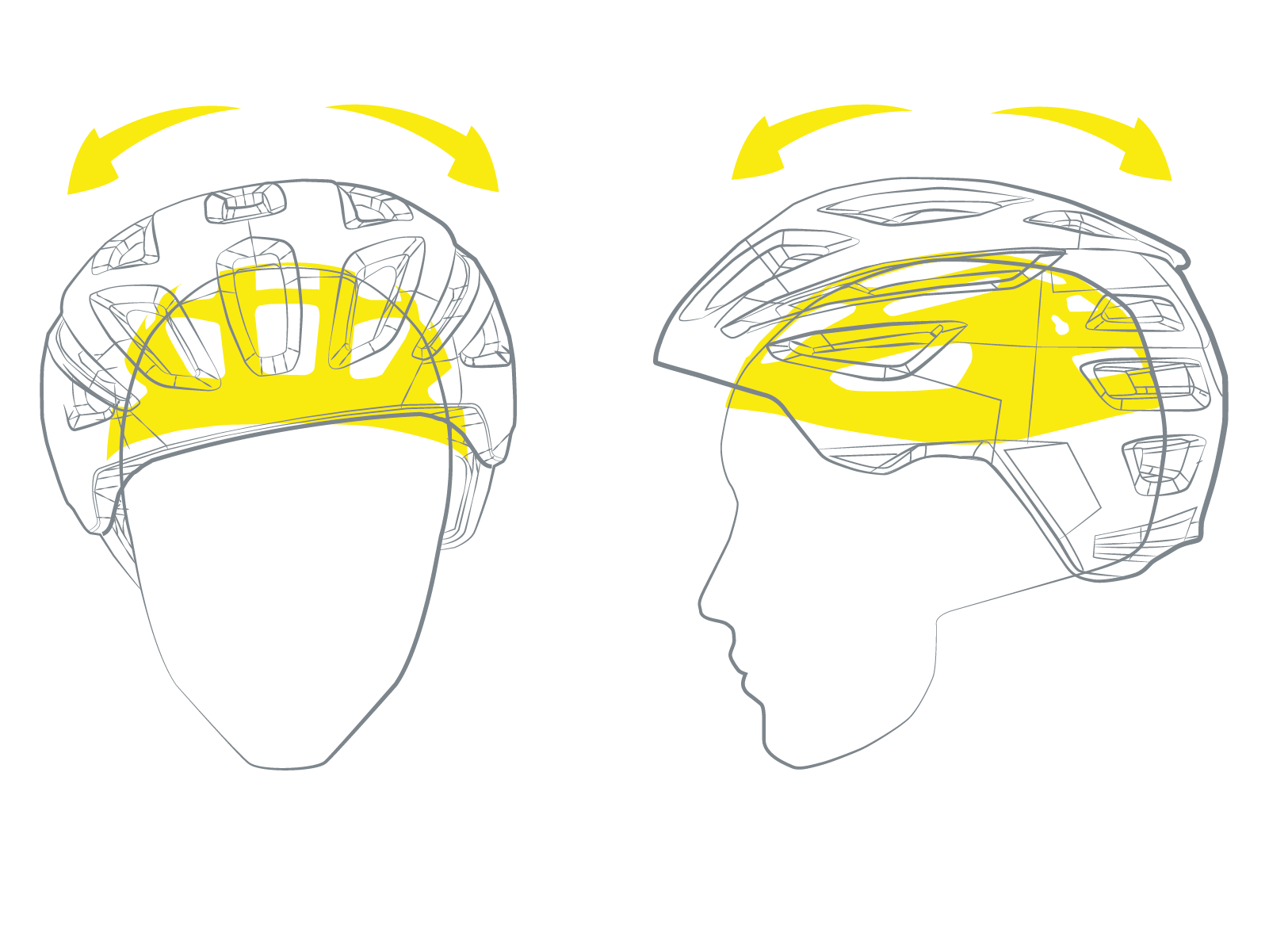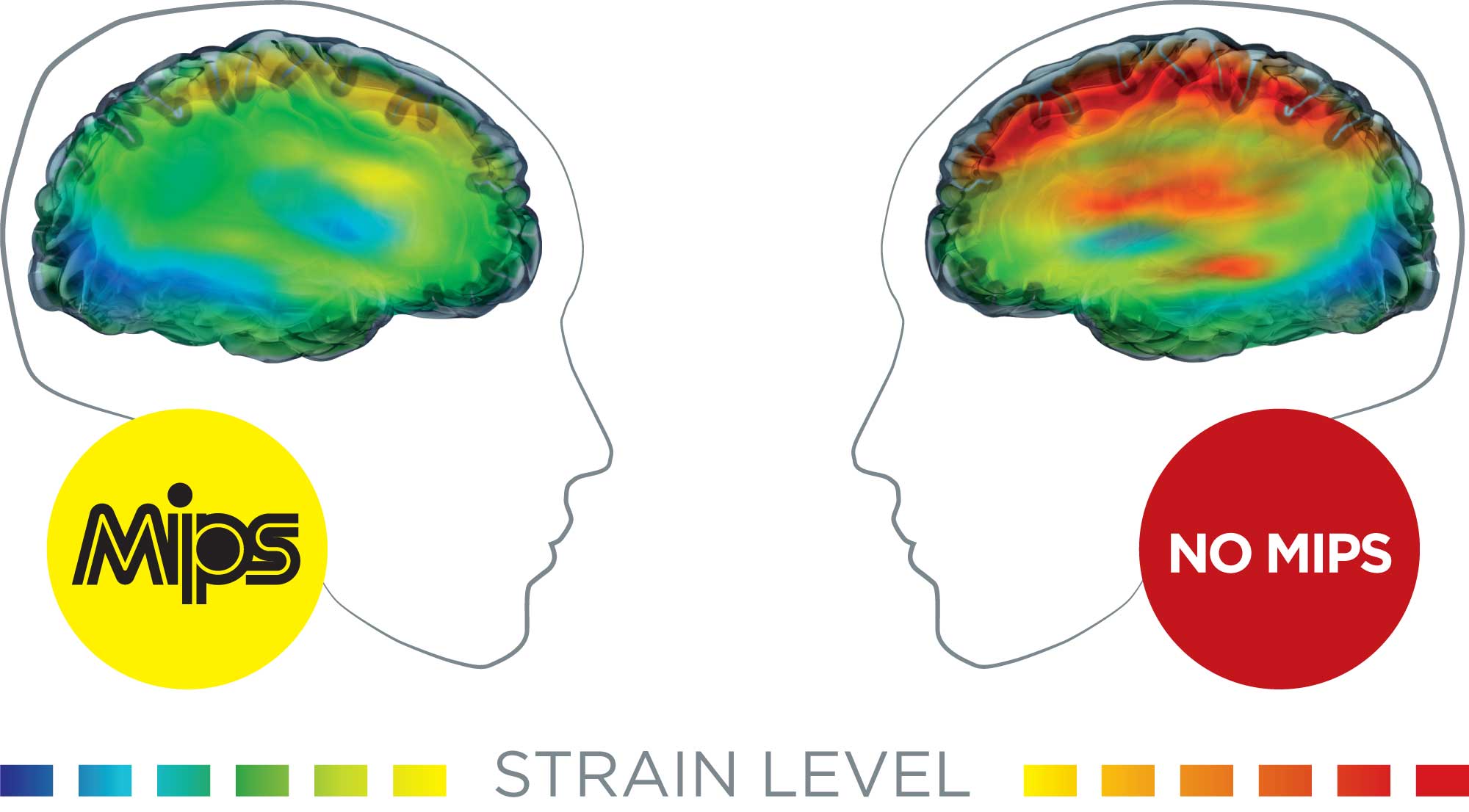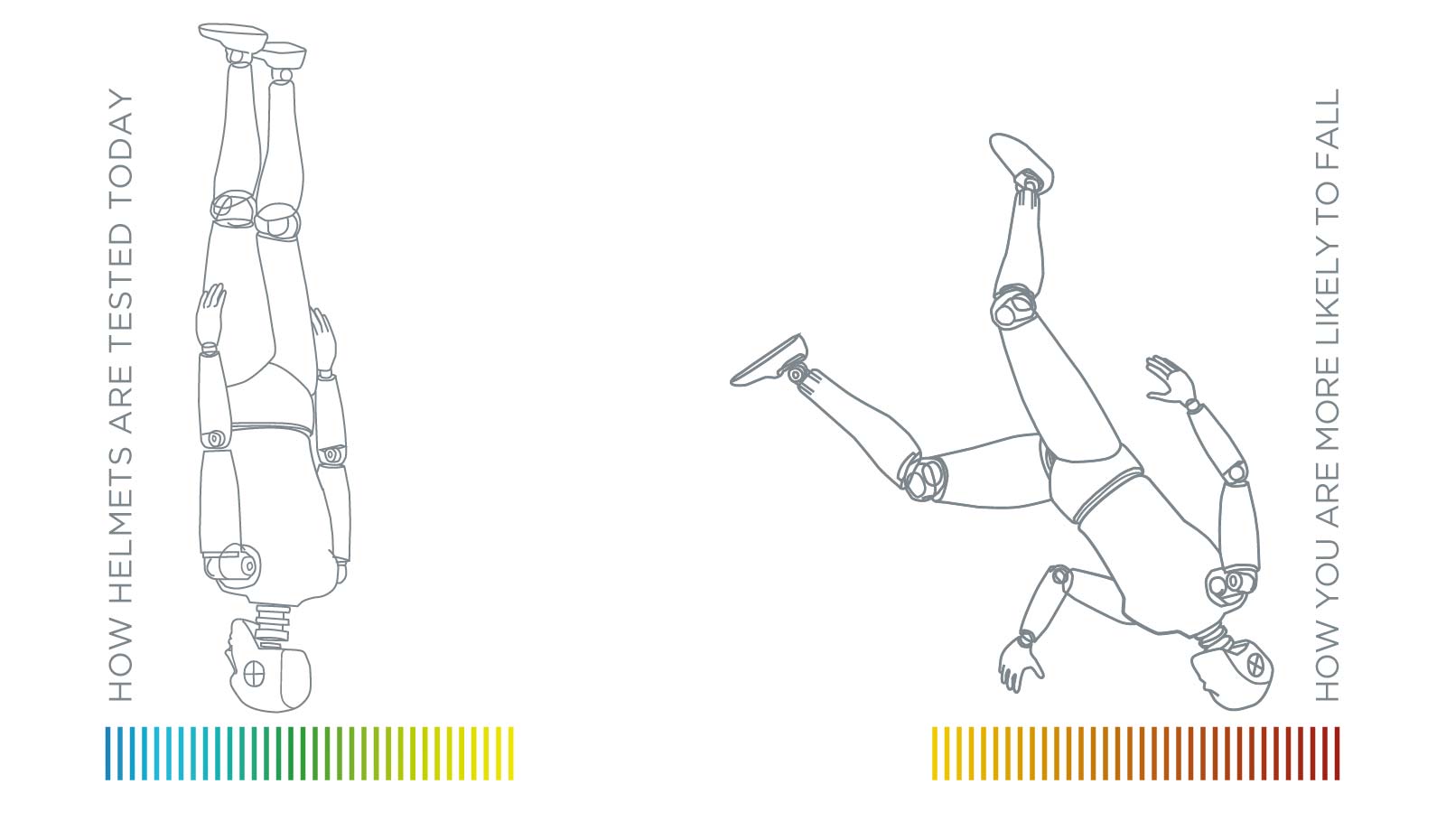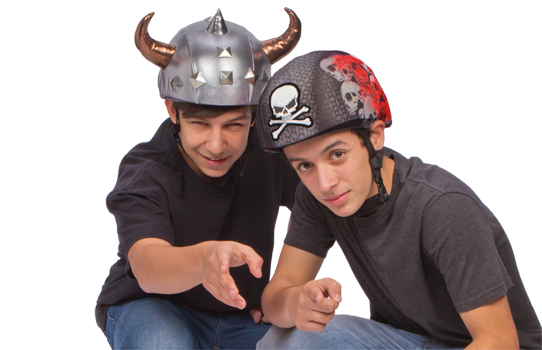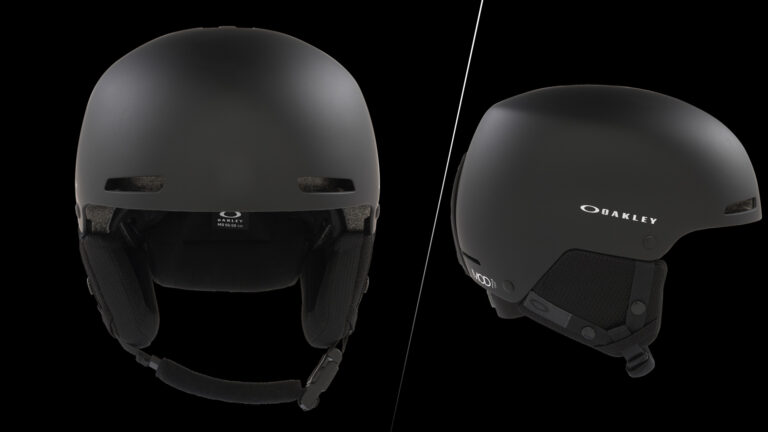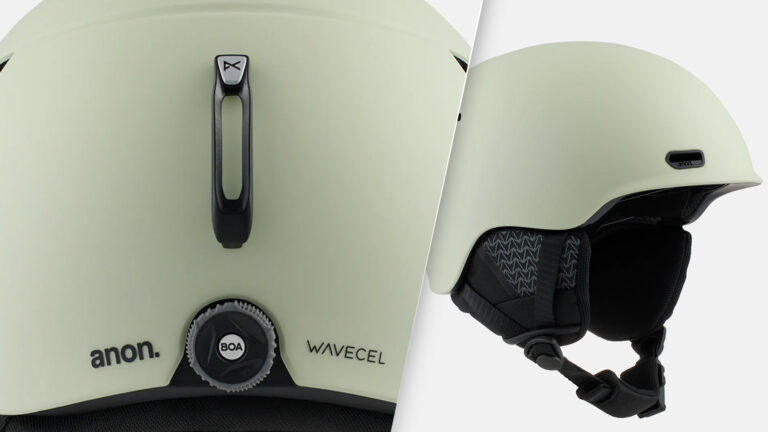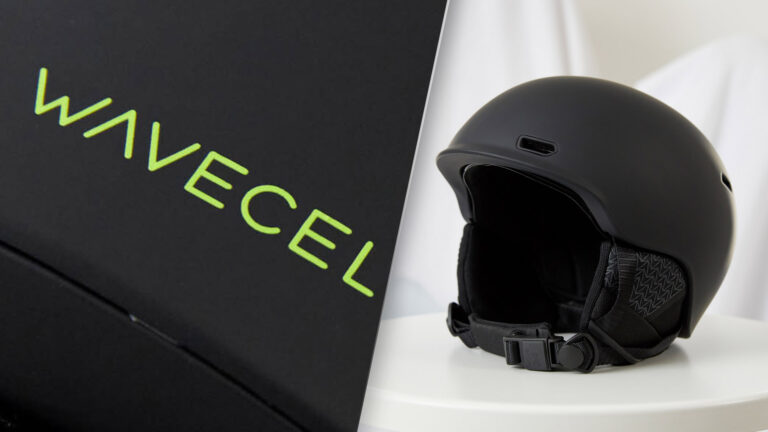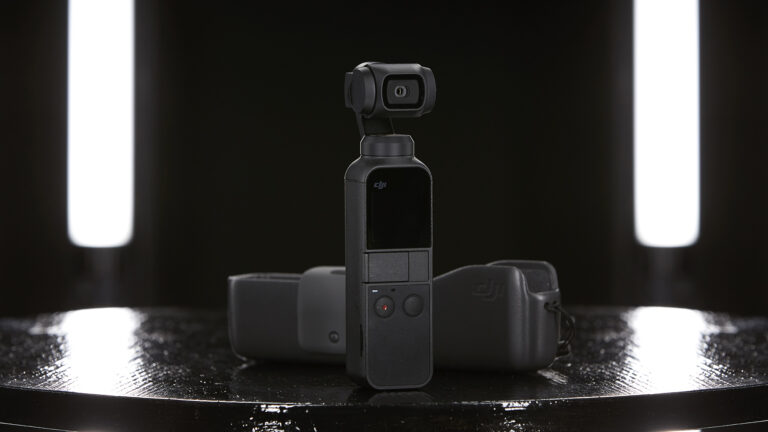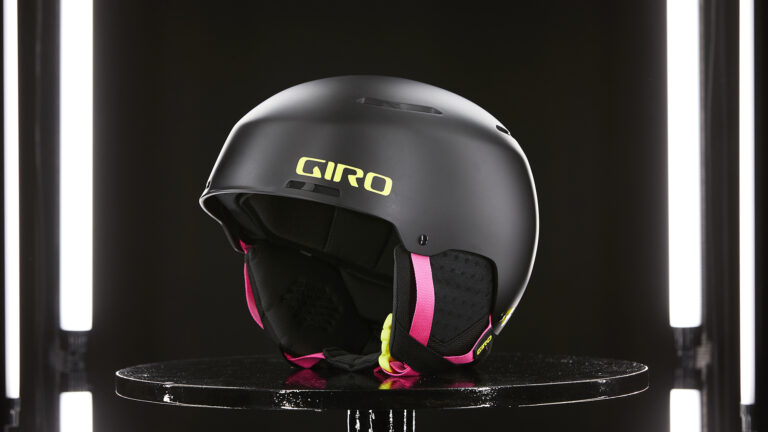Arguably the most important bit of kit you’ll buy, your helmet is the only thing standing between you and a cracked melon. Gone are the days of helmets being a major fashion faux-pas, a sin committed by only annoying ski school kids and those weird old dudes who ski in jeans and woollen V-Necks. Most people now opt to slap a lid on, and there’s enough different styles for everyone to find something that they don’t hate too much.
When it comes to protecting your noggin, surely there can’t be a ‘too safe’, MIPS (Multi-Directional Impact Protection System) is designed to reduce the stress of an impact on your brain. You’ve probably seen the MIPS logo dotted on helmets all over the slopes and in shops, and probably at least one of your mates swears by it. So what actually is it? And what is it doing to help you?
